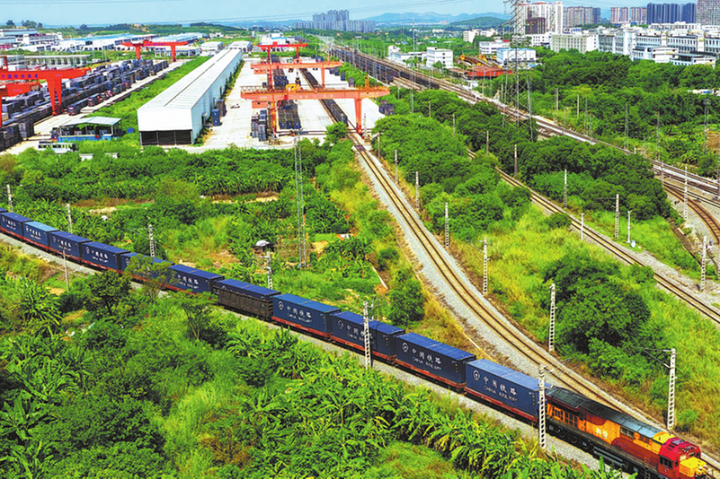High-speed railway opens to traffic in west China without disturbing panda habitat


In order to minimize the impact on ecological corridors that are crucial to exchanges between different groups of giant pandas, the railway either makes detours or goes through tunnels as deep as possible, said Mu Yalin, of the China Railway Eryuan Engineering Group Co Ltd, the designer of the project.
"Sometimes we need to do 20 percent extra work in the construction due to the special design," Mu said.
The Sichuan-Qinghai railway will eventually stretch northwestward to Xining, the capital city of Qinghai province. Upon completion of the whole project, the new rail line will connect the Qinghai-Tibet Plateau, the highest plateau in the world, into the massive high-speed transport network of China, which sets to put the region's development on fast track.
The operational line has threaded through an array of cultural and scenic attractions such as the Jiuzhai Valley, a UNESCO World Heritage Site famed for its spectacular waterfalls, lush forests, serene plateau lakes and karst rock formations, and the famed Sanxingdui Ruins featuring the ancient Shu civilization dating back more than 3,000 years.
On Tuesday morning, Xiao Jiudan, a staff member at the Maoxian railway station, brought home-grown apples, a local specialty, to passengers as a gift for their maiden trip.
At an altitude of some 1,500 meters, Maoxian is the country's largest area inhabited by the people of Qiang ethnic group. They now have a new option of traveling by high-speed trains.
"When the railway was still under construction, I saw many investors coming to seek business opportunities. I'm sure that the railway will bring prosperity to my hometown," said Xiao.
























